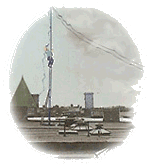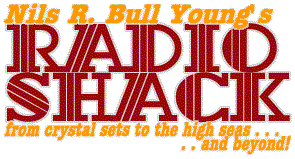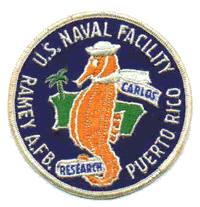
The flight from Dayton, Ohio to New York City takes about an hour. From New
York to Puerto Rico is another four. And once you get to San Juan, unless
you know the terrain or are bilingual, you're on your own.
I managed to find
a flight that went to Mayagüez, which I had been told, was near to
Ramey Air Force Base . . . if near is another two hours on the road. By
the time I got to the Navy barracks on the base, it was nearly 2 a.m. By
the time I got my gear stowed & found a bed, it was nearly reveille.
And despite all best intentions, I had showed up at least four hours UA.
My orders told me to arrive at or before midnight, local time. My plane
ticket from New York got me to San Juan barely an hour before that.
Lucky for me, I
had kept all my paperwork. But that moment, that lack of sleep & that
bureaucratic screw up were a neat start.
One of the first
things I learned was that almost everything I'd been taught about naval communications back in Norfolk
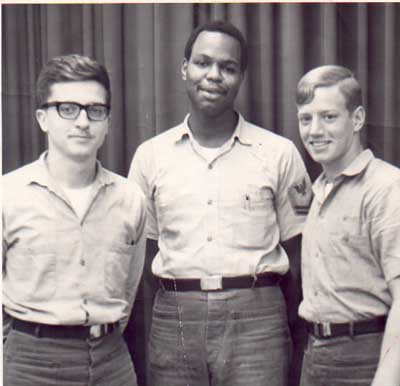
was
wrong & out of date. This and my neurosis about
being somewhere doing something that I had once considered
unthinkable (given the philosophy of the hippies I knew)
& I was flat screwed.
It took me at least four months to get the hang of just breathing salt
air. During that time I also learned about all the crypto stuff they'd
mentioned but had not gotten into specifics about in "A" school. I learned
how to type again. I learned about teletype paper, chadless tape, receivers,
transmitters and patch work. And I got reasonably good at handling traffic.
But it took me four months.
After that, things
improved immensely. I took and passed the tests for
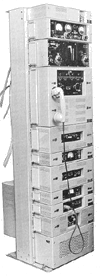
RM3,
got qualified on a bunch of equipment and survived my first "Operational
Readiness Inspection." The dreaded "ORI." As time went on & I got used
to the uniform and the responsibilities that came with it, I got better at my assigned job. I got a lot of help from the people with whom I worked, not the least of which was my supervisor,
Rich Richardson.
Rich was a good teacher. He had as good a sense of humor as he was sure about
what he was doing. I often wonder what happened to him.
Somewhere along
the line between just doing my job & discovering that I enjoyed it,
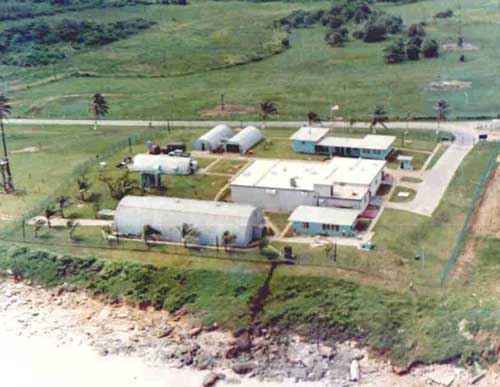
I got interested in shortwave radio and eventually ham radio. CDR Bob Nelson, the CO, let me put my antenna on
the roof of the barracks 760. The command MAA, BM1 Bob Franson, gave me access
to the roof. Ron Brown, EM3 and Howard "Cass" Cade, EM3
helped me put the poles & wires on the roof. And everyone else tolerated
my wrecking havoc on their carefully tended high-fi sets.
So in the end, my re-entry
into radio madness ain't my fault completely, you understand. The ubiquitous
"they" made me do it! Even aboard ship. . .
which leads to the next page.
